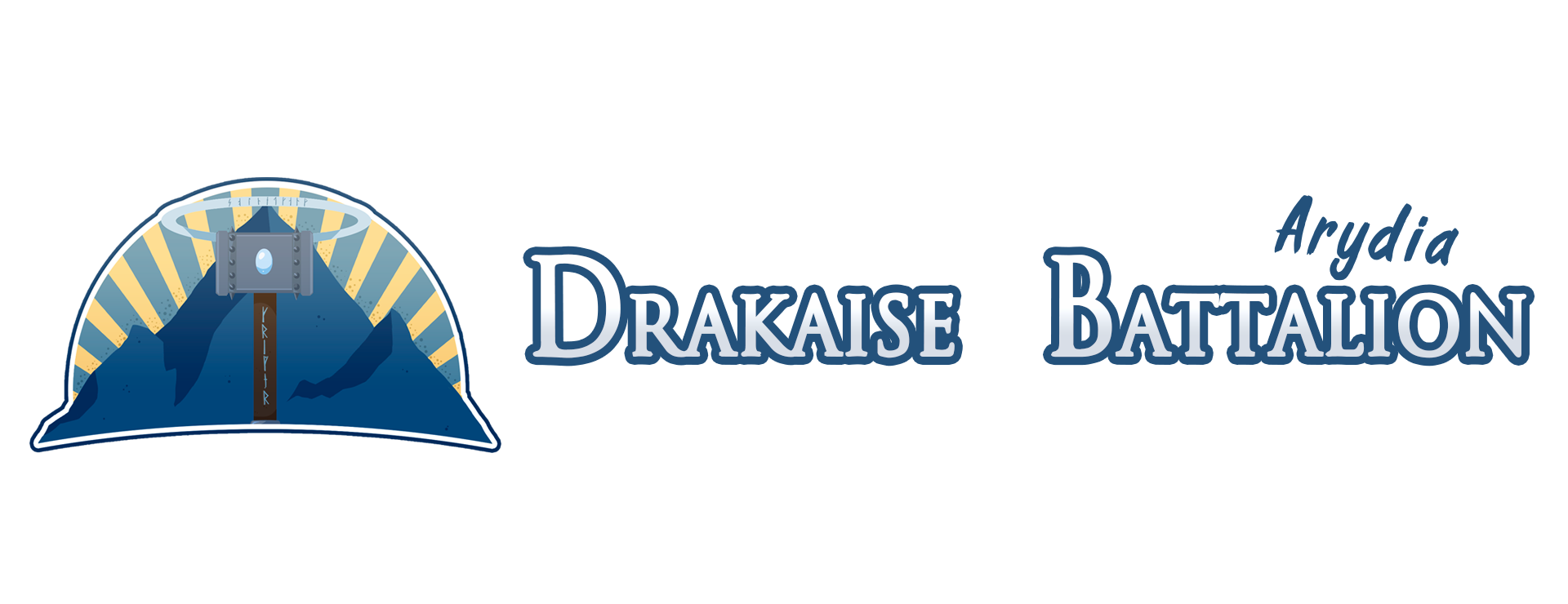Renan
Frosty-Boy, frost-hair. Are you wearing your long frosty underwear?
Frosty-Boy, Frosty-head. Put your shoes on and go to bed!
Frost-Boy, Frosty-Bears. Get out of the boat and go find your ice instead!
Frosty-Boy, Frosty-Dead. Stuck out in the heat, eyes rolled up in your head!
The brutal cold of the Frost Shield has bred a tough and capable people that know the cost of survival. They navigate the frozen north with the ease of a fish in water. From the puddle-jumpers exploring The First Snow, to the Best of those joining the Caelfoc Union to guide those that must traverse those frozen portions of the north.
This makes the Renans a highly respected group of people while in their place of knowledge. When there is snow on the ground, the renan has the say in the actions of whatever party they might be with. However, they are generally seen as naive and too cautious in areas outside of the north.
Cold and Capable
Vhaskus made the fewest trips to the north to wrangle and relocate Humans, and orcish patrols liked being far north even less. This meant that for those people that couldn't handle being part of the constant culls and fear of living under the orcish thumb, there was an option for Egress that didn't rely on the luck of being rescued by an Izalan fleet to be carried away and dropped onto a tropical paradise.
No, the people that made the trip knew that it would be a hard living, but one where they would have more freedom than living in fear of death at the hands of mortals. Instead, they followed their hearts and pleaded the gods for aid in surviving in the north, then made their trips outward and northward. With many settling in the Feng Mountains, but many more settling along the The Coast of Lights and spreading throughout the Frost Shield.
They bonded with the extant population of Frostgut Halflings and together fashioned homes that well prepared patrols had troubles finding. Some hollowed out Frost-worm nests, some bound with nature, and others tore down forests to fashion wooden cities.
In modern times, these constructions have been formed into vast wooden and stone architecture that defines Toft, or the many underground villas that dot the northern frontier.
General Phenotypes
Renans hair is generally lighter with many colors being described as straw-like or the color of changing leaves, with auburn, blonde, and brunette being common shades. Renans are typically known to have shorter statures holding around 13-16 hands tall. Their eyes are generally darker brown, but other eye colors aren't unheard of.
When asked to describe a Renan, the majority of people will describe a short lady with pale skin and matching blond hair and mysteriously dark eyes peering out from behind those blinding features. Other details can change, but many will relate Renans to the common depictions of Firn and Garma.
Language
Renans are not linguistically diverse. The difficulty of survival in the north has caused a strong community to form between the warm fires that make up the habitable space beyond the Frost Shield. Due to this, the majority of people speak Halfling so that they can communicate with the rulers of the land. A culture of necessity frowns on those that waste their time doing things
If they do learn another language, then they often find dwarvish or common to be the best option, just for the ease of use and the accessibility of people that speak those languages.
Coming of Age
An important point in any Renans life is when they have grown to the point that they can help to build an addition to their community. Whether that means a young adult needs to slay a Frost-Worm to expand into it's nest, or merely to help build a house on the edges of the city depends on where the city is and how large it is.
In a larger city like Moldatun or Toft, it's treated as a nice thing for children to do, while many will instead focus on studies and never take part. However, rural communities treat this like life and death, making certain that their children are fully aware that if they don't know how to take care of themselves and their communities, then they will end up dead and wanting for the experience that they are gaining.
Related Organizations
Related Items
Related Locations



Comments